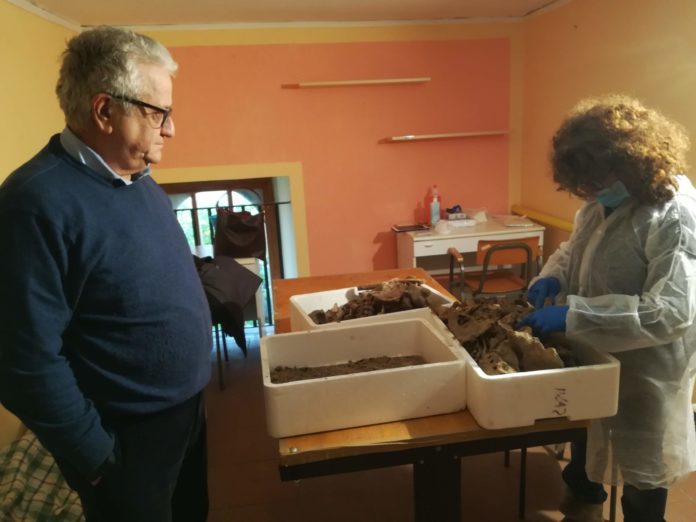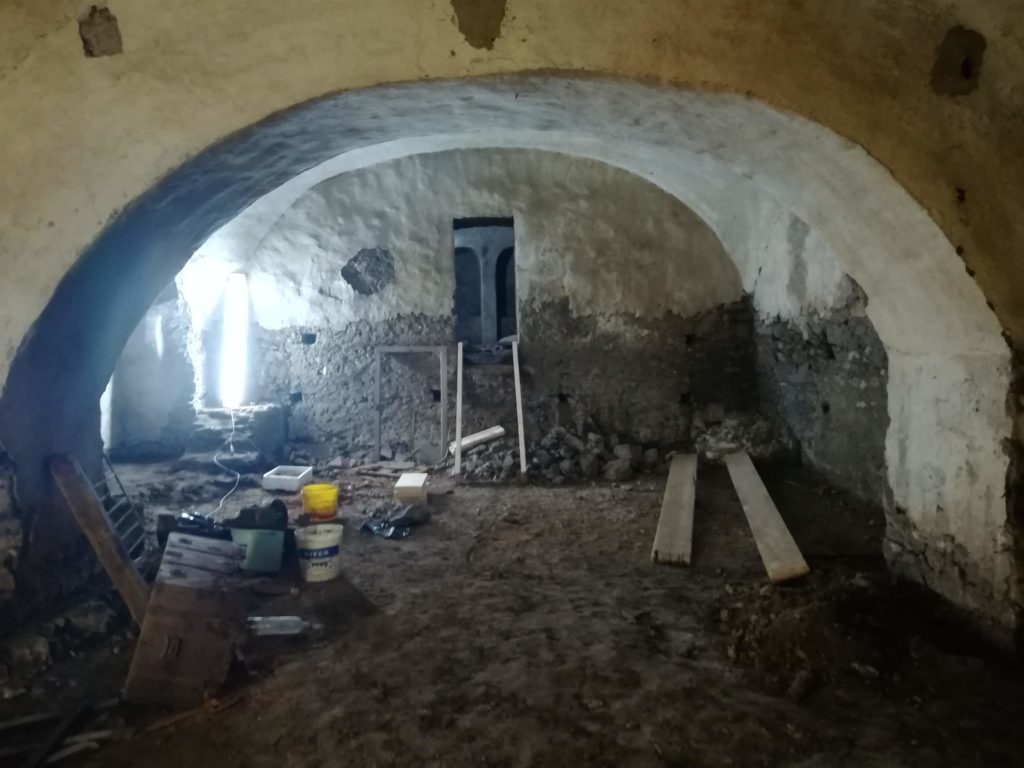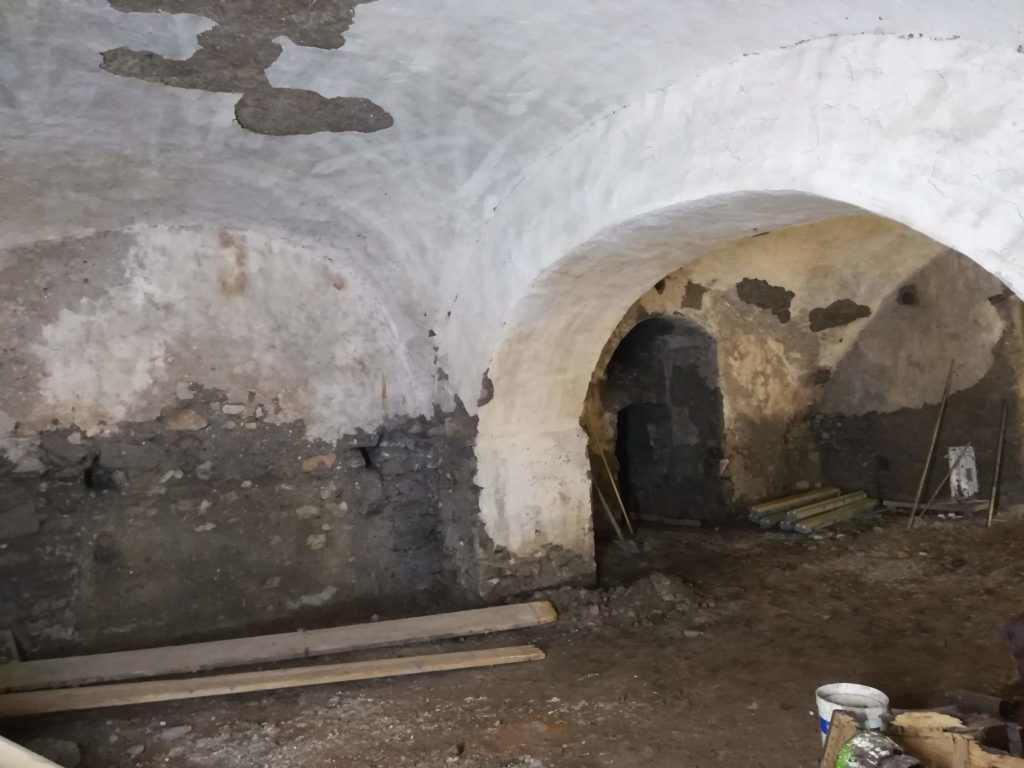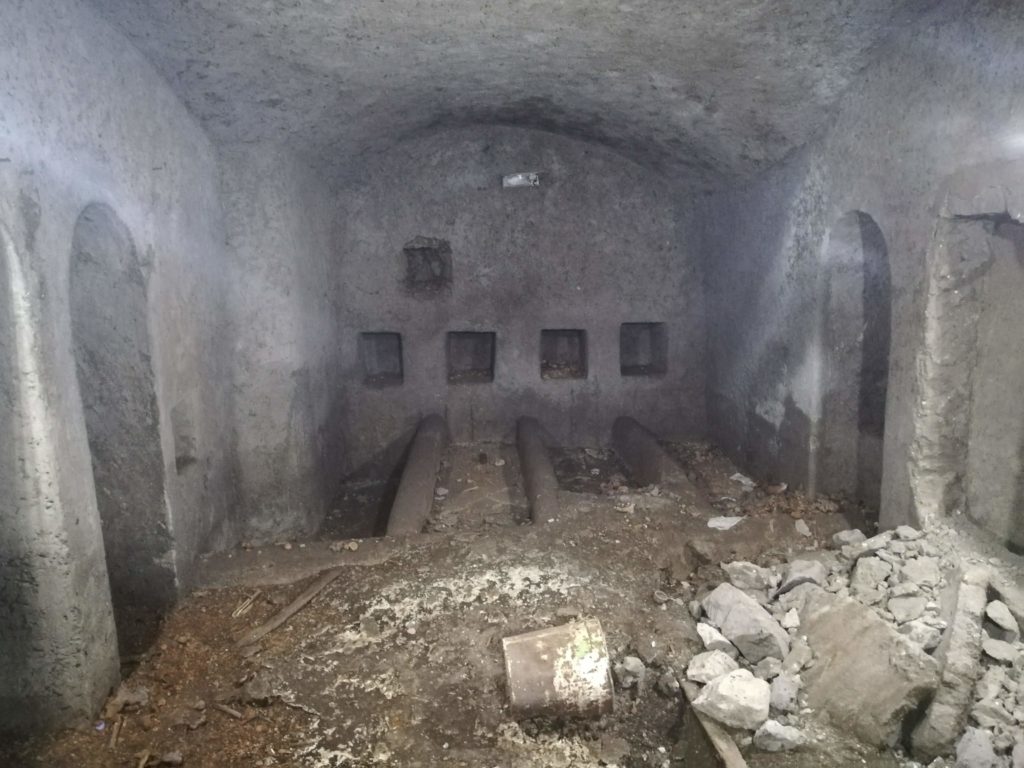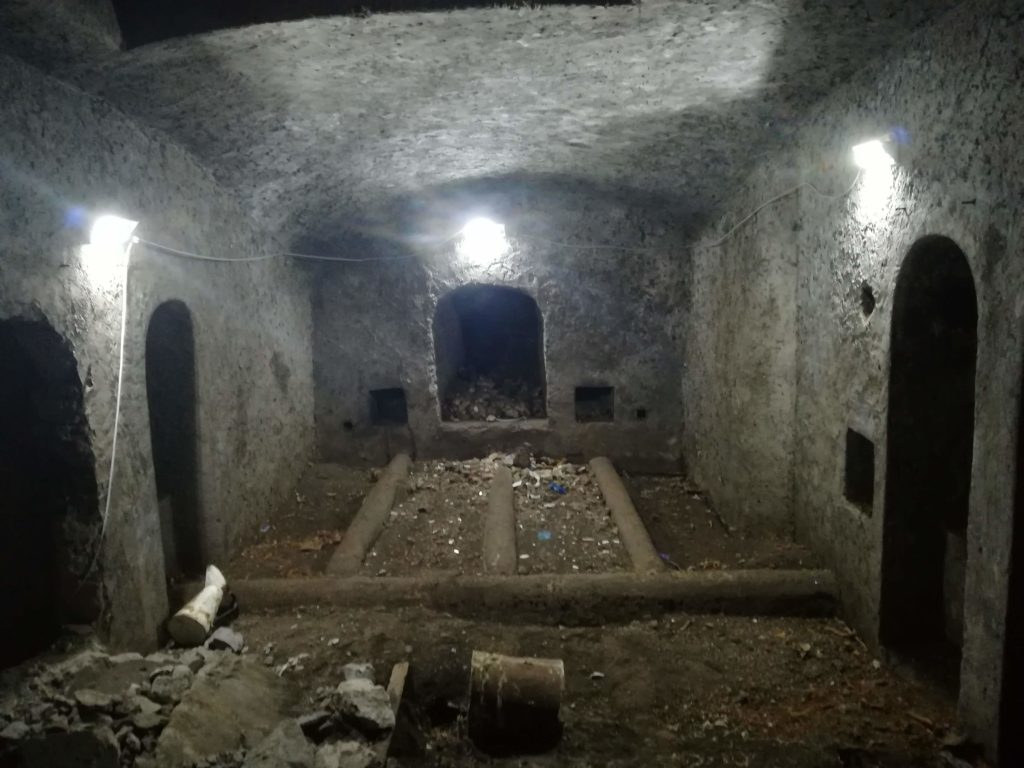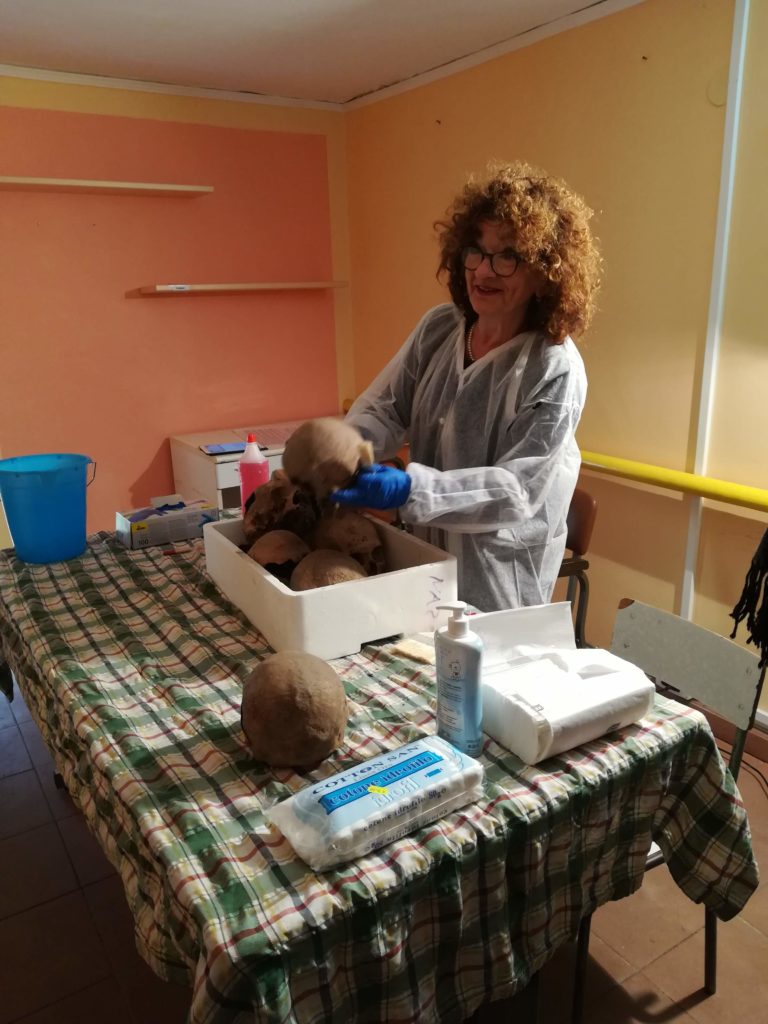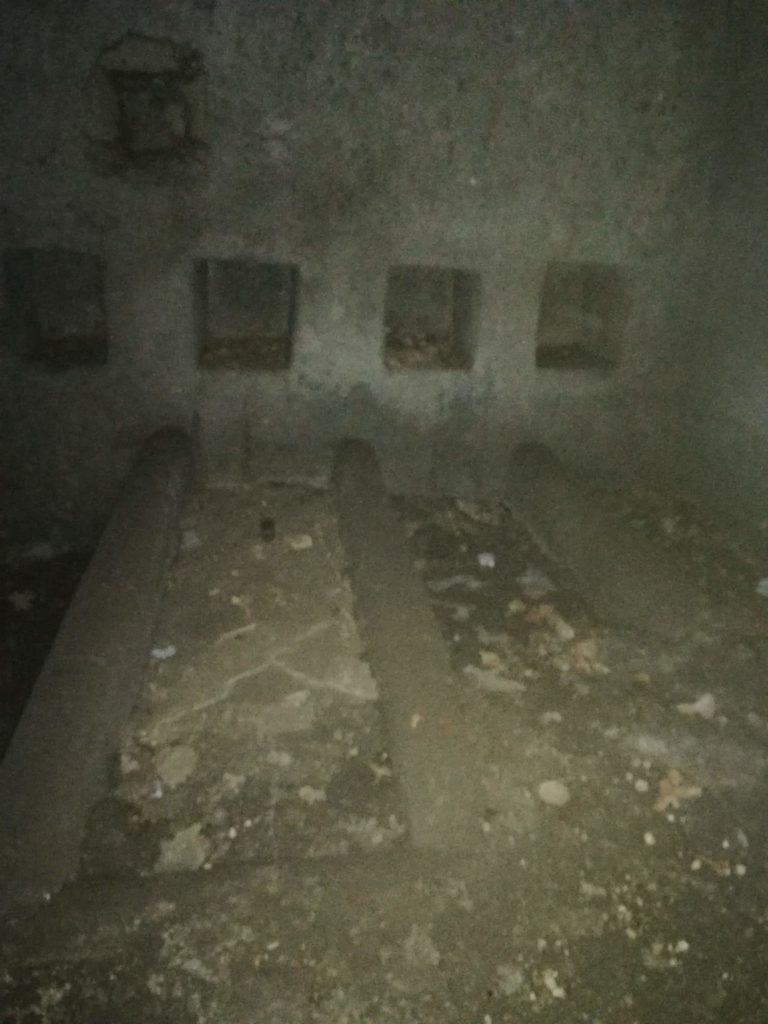In December 2018, driven by curiosity and love of knowledge, as the team of the Archives of the Southern Italy Province, we pushed into the basement of the Convent of Pagani where we thought was located the crypt used for the burial of the Fathers and Brothers of the Congregation of the Most Holy Redeemer since 1745, which is the year of the foundation of the religious house of Pagani.
In the eighteenth century, it was customary to bury the dead in urban areas, especially in the basements of churches, which were accessed through trapdoors in the floor. At each death, the buriers would open the trapdoor, and the body would simply be thrown into pits dug for the occasion.
The 19th century marked a turning point in the history of burials. Following the imperial decree of 12th June 1804, known as the Edict of Saint-Cloud, it was no longer possible to bury the dead in the hypogea of churches and congregations. After the Restoration, in the Kingdom of the Two Sicilies, a law was passed (11th March 1817) stipulating that cemeteries should be built in every municipality outside the city limits. It prohibited, without exception, burials in any other place and obliged all existing burial grounds to be filled in and closed so that they could no longer be reopened. Ferdinand II again allowed the burial of religious within their houses (11th June 1836). In 1866, when it was decided to suppress the religious Orders and Corporations and to liquidate the Ecclesiastical Axis, burial in churches and chapels was definitively ended.
It had been about forty years since anyone had ventured into the basement of the Convent of Pagani, that is, since the building was consolidated following the earthquake of 1980.
The spectacle that came before our eyes was shocking, to say the least. Rubble, rubble, and, unbelievably, buckets full of human bones, which had been used to transport the waste materials! A gruesome sight. In the days that followed, with the help of a volunteer and collaborator of the Archives, Mr Gerardo Pepe, the rooms were cleaned up as best they could be, and emergency lighting was provided.
The underground rooms run the entire length of the ancient church on the ground floor of the College. They are composed of two large rooms presumably used as a larder for the house, from which a tunnel leads to the well in the cloister and a third room at the back. From here, by breaking down a walled opening, we reached the place where the corpses were buried. A slow work of exhumation began. A considerable number of additional human remains were brought to light. Thanks to the voluntary work of Dr Annamaria Coppola from the Cardarelli hospital in Naples, the remains were cleaned up and classified as best they could be. The poor bones were and still are, placed in makeshift containers and stored in a loft of the house, awaiting a suitable location. The crypt is now also waiting to be restored so that it can be visited. Perhaps it can become a place of prayer for Redemptorists worldwide who come to visit Pagani.
A recently started study has determined that about 101 Redemptorists died in Pagani between the house foundation and 1866, and they were presumably buried in the crypt.
The following, among others, remain unburied today, piled up in unsuitable containers: the Venerable Cesare Sportelli (1701-1750), five Rectors Major of the Congregation: the Servant of God Andrea Villani (1706-1792), Pietro Paolo Blasucci (1729-1817), Nicola Mansione (1741-1823), Giancamillo Ripoli (1780-1850), Giuseppe Lordi (1809-1854); four Vicars General and fourteen Consultors General.
It is essential, as soon as possible, to give a worthy and honourable home to these Fathers and Brothers who have contributed, to a greater or lesser extent, to the prestige of the Redemptorist family. To build a monument that, preserving the memory of a glorious past, contains, as a precious casket, three hundred years of missionary history of the Congregation wanted by St. Alphonsus M. De Liguori.
Fr. Antonio Pupo, C.Ss.R.



